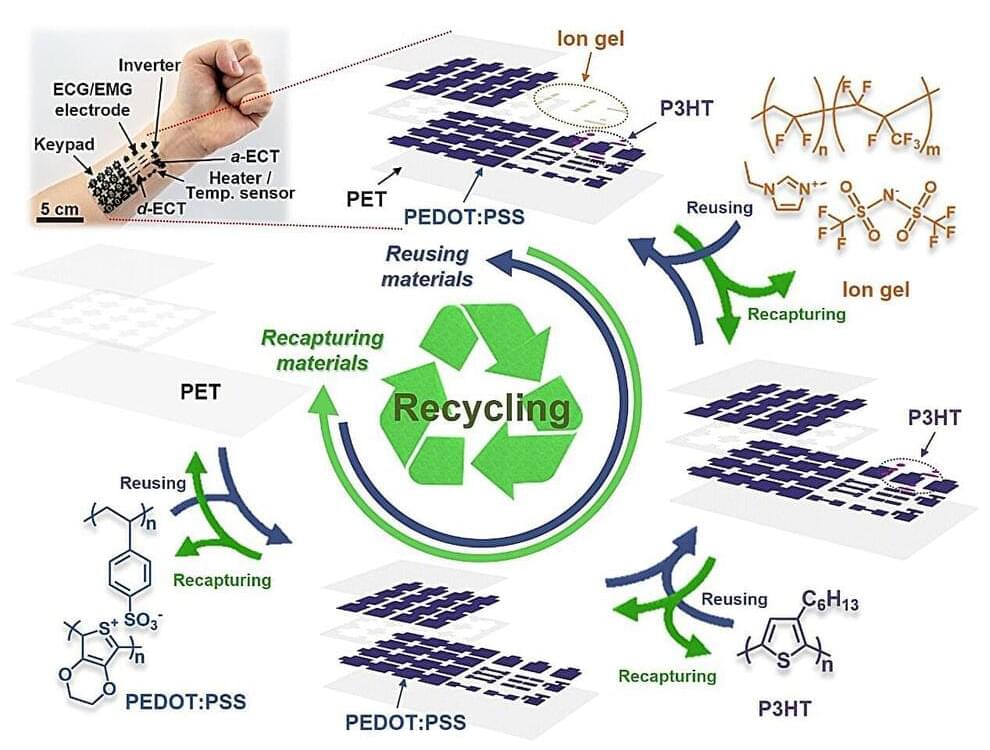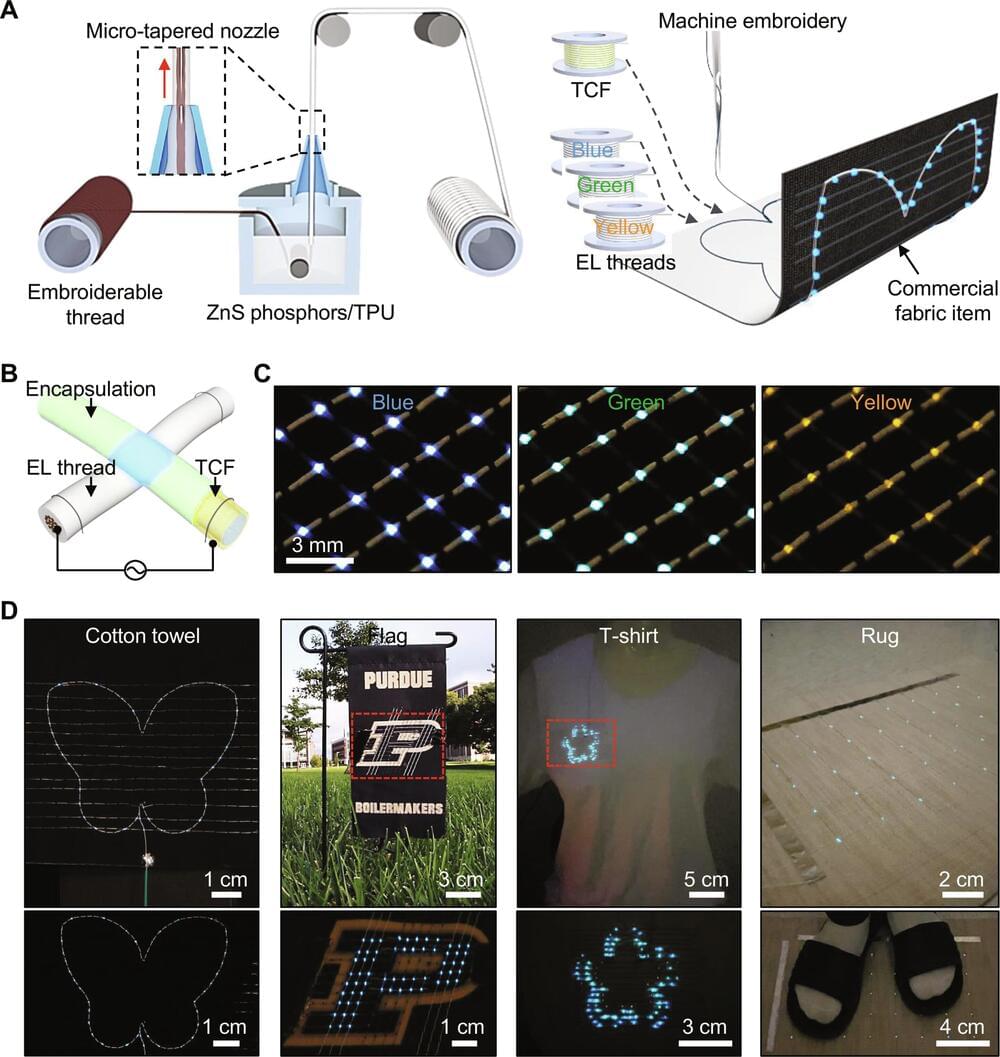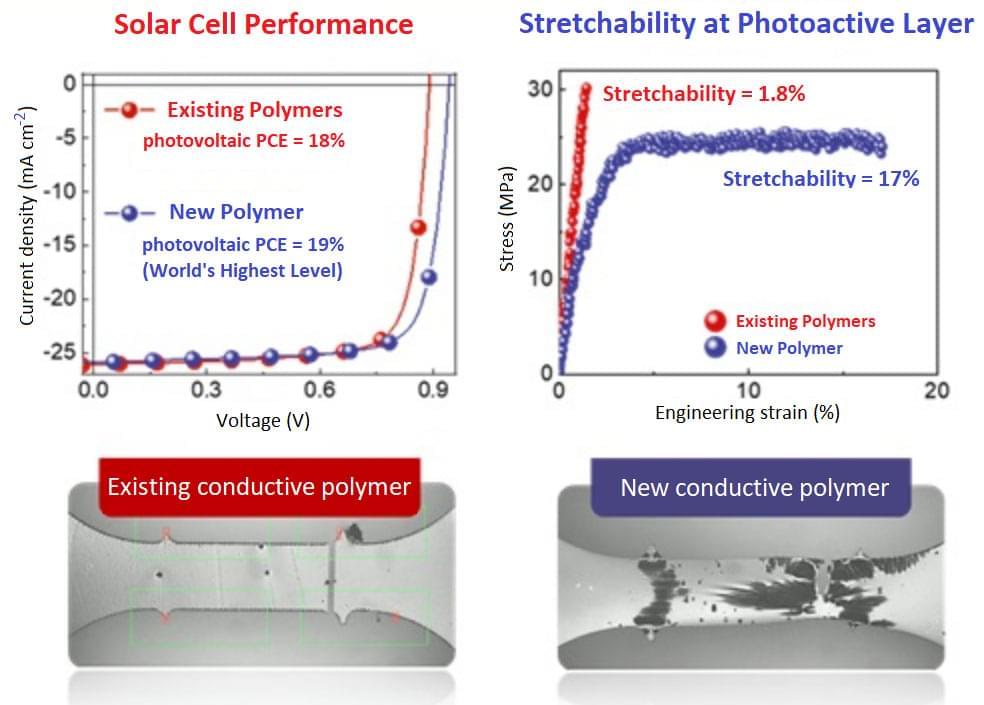Jan 10, 2024
A new method to develop recyclable, organic and flexible electronics
Posted by Jose Ruben Rodriguez Fuentes in categories: biotech/medical, wearables
The electronics industry has been in continuous development over the past decades, leading to the development, fabrication and sale of a broad range of consumer devices. In recent years, many engineers have been focusing their efforts on flexible electronics that can be used to create wearable devices, such as smartwatches, earbuds, fitness trackers, and even smart jewelry, and electronic implants for medical applications.
While significant progress has been made towards the development of flexible electronics, the widespread commercialization of a growing number of electronics has raised significant concerns related to their sustainability. Some research teams have thus been trying to identify environmentally-friendly materials and fabrication strategies, which could mitigate the adverse impact of the electronics industry on the planet.
Researchers at Ulsan National Institute of Science and Technology (UNIST) in South Korea recently introduced a new method to create organic and flexible electronic devices with recyclable components. This method, outlined in a paper in Nature Electronics, relies on reusable materials and eco-friendly solvents that have a minimal impact on the environment.


















